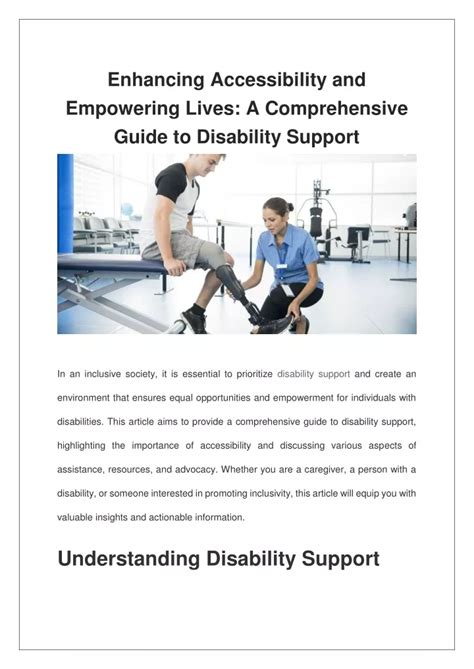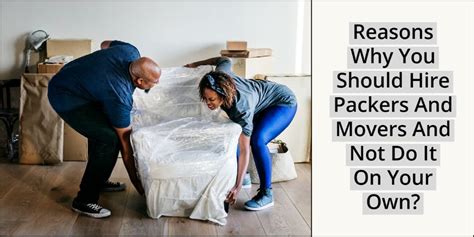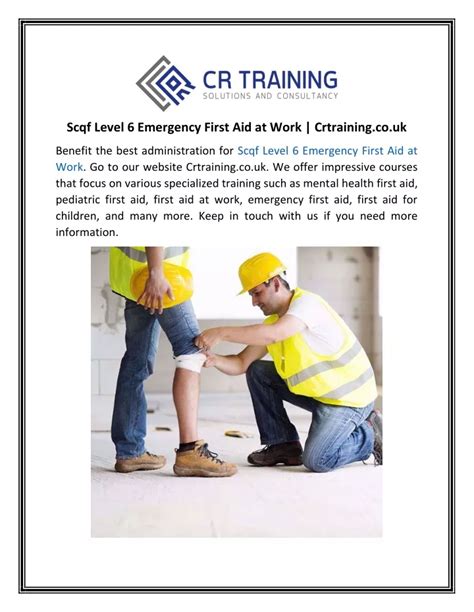Moving can be a stressful experience, but with the right preparation, it doesn’t have to be overwhelming. Whether you’re moving across town or to a new country, packing is one of the most critical steps to ensure a smooth transition. In this guide, we’ve compiled the ultimate packing tips to help you stay organized and efficient throughout the moving process. From creating a packing timeline to handling heavy items smartly, these strategies will save you time and energy. By following our advice, you’ll be able to pack with confidence, protect your belongings, and make your move as stress-free as possible. Let’s dive into the essentials for a seamless moving experience!
Explore this topic thoroughly with elolok.net
1. Create a Packing Timeline
A well-structured packing timeline is crucial for a smooth and stress-free move. By planning ahead, you can avoid the frantic rush of last-minute packing and manage the entire process more efficiently. Start by setting your moving date and then work backward, assigning specific packing tasks to each week leading up to the big day. Begin by packing non-essential items like seasonal clothing, books, and decorative items well in advance, gradually progressing to packing everyday essentials closer to the move.
Divide the packing process into manageable steps, assigning each task a specific due date to maintain steady progress. This approach prevents last-minute rushing and allows ample time for carefully packing fragile items and preparing for any unforeseen delays. A structured packing timeline keeps you organized, avoids feelings of overwhelm, and helps you stay in control of the entire moving process, ensuring you’re fully prepared when moving day arrives.

2. Gather Packing Supplies
Before you begin packing, it’s crucial to gather all the necessary supplies. Having everything ready will make the process smoother and more efficient. Start by collecting sturdy boxes in a range of sizes to accommodate different items. Choose high-quality materials, such as double-walled boxes for heavier or fragile items. And don’t forget to gather plenty of tape to securely seal the boxes.
To safeguard fragile or delicate belongings, utilize bubble wrap, packing paper, and furniture pads. Markers or label stickers are essential for clearly identifying boxes. Packing peanuts or crumpled paper are ideal for filling empty spaces and stabilizing items during transport. For clothing, invest in wardrobe boxes with built-in hangers, and protect your bedding with mattress covers.
When assembling your packing supplies, consider the specific items you’ll be packing and the most effective materials for protecting them. Having the right packing supplies on hand not only streamlines the moving process but also guarantees the safety of your belongings throughout the journey.

3. Declutter Before Packing
Before you embark on the packing process, take advantage of this opportunity to declutter your home. Moving presents the ideal time to thoroughly evaluate your belongings and determine what is truly essential for your new space. By decluttering beforehand, you will not only minimize the number of items needing to be packed, but also significantly reduce both your moving expenses and the time spent on the process.
Begin your decluttering process by categorizing your belongings into four groups: keep, donate, sell, and discard. To manage the task effectively, concentrate on one room at a time, preventing feelings of overwhelm. For each item, consider its worthiness of being moved to your new home. If an item is no longer used, or if it’s something you can easily live without, such as clothes untouched for years, obsolete electronics, or furniture incompatible with your new space, it’s a prime candidate for letting go.
Decluttering your home before a move can be both rewarding and practical. Consider donating gently used items to local charities or hosting a garage sale to make some extra money. Selling unwanted items online is also a convenient way to lighten your load. By getting rid of unnecessary clutter, you’ll be able to pack more efficiently and focus on the things that truly matter. Starting fresh in a new home without the weight of clutter can make the move feel even more rewarding.

4. Organize by Room
Streamlining your packing process begins with organizing by room. This method keeps your belongings grouped together, simplifying both packing and unpacking. Begin by creating a packing schedule, prioritizing non-essential areas like the guest room or storage areas first. Save daily-use spaces like the kitchen or bedroom for last.
When packing each room, group items from the same area together in the same boxes. This simplifies organization during the packing process and minimizes confusion when unpacking at your new home. Clearly label every box with its designated room and a short description of its contents. This ensures you know where everything belongs and allows movers or helpers to efficiently place boxes in the correct rooms upon arrival.
Further enhancing organization, consider grouping similar items within each room. For example, pack all kitchen appliances in one box and cookware in another. This room-by-room strategy minimizes the confusion of mixed-up boxes, ultimately saving you time and effort when unpacking in your new space. By staying organized, you can ensure a more efficient and stress-free move.
5. Label Boxes Clearly
Clear labeling is a vital part of packing that makes moving much easier. By labeling each box clearly, you can easily identify its contents and ensure everything goes to the right room in your new home. Use large, legible markers or pre-printed labels to mark each box with its designated room and a short description of what’s inside. For instance, instead of simply labeling a box “Kitchen,” write “Kitchen – Pots and Pans” for a more specific description.
Labeling serves a dual purpose: identifying contents and establishing priorities. Color-coded labels or stickers can be used to prioritize unpacking, indicating which boxes are essential and should be addressed first. For example, one color could designate boxes containing items needed immediately, while another color could mark less urgent boxes.
For easier organization, label boxes on multiple sides. This ensures labels are visible regardless of how the boxes are stacked, eliminating the need to unpack them just to read the label. Proper labeling saves time during both packing and unpacking, minimizes the risk of misplaced items, and creates a smoother, more organized move. By dedicating a little extra time to this step, you’ll make your transition to your new home significantly more manageable and efficient.
6. Use Quality Packing Materials
Packing your belongings with high-quality materials is crucial for a safe and successful move. Choose sturdy boxes that can support the weight of your items without breaking. Double-walled boxes are especially beneficial for heavier or delicate items, offering superior protection during transit.
When packing, prioritize sturdy boxes and quality packing materials like bubble wrap, packing paper, and foam peanuts. Bubble wrap excels at cushioning fragile items such as glassware and electronics, while packing paper effectively wraps delicate objects and fills empty spaces within boxes to minimize shifting. Foam peanuts serve as shock absorbers, safeguarding your belongings from damage.
To ensure your belongings arrive safely, use sturdy packing tape to seal boxes thoroughly. Avoid using weak or worn-out tape, as it may not withstand the rigors of the move. For added protection, consider wrapping larger items like sofas and mattresses in furniture pads or blankets.
Investing in high-quality packing materials is a smart move when relocating. While it may require a small upfront cost, the benefits are substantial. By protecting your belongings against damage, you’ll enjoy a smoother moving experience and the peace of mind that your valuable items will arrive at their destination safe and sound.
7. Pack an Essentials Box
Packing an essentials box is a smart way to ensure a smooth transition to your new home. This box should hold items you’ll need immediately to feel comfortable and settled. Focus on the basics for the first few days, including toiletries, a change of clothing, essential kitchenware, and important documents.
Pack essentials such as a toothbrush, toothpaste, soap, and any necessary medications. If you intend to cook immediately, include a few dishes, utensils, and a pot or pan. Remember to bring a flashlight and a small toolkit, which may prove useful for minor repairs or unforeseen emergencies.
It is also beneficial to include essential contact information and instructions related to your new home. This might include emergency contacts or appliance manuals.
Clearly label a box “Essentials” and keep it easily accessible. Ideally, place it on top or at the front of your other boxes. Having your essentials box readily available will make the transition to your new home smoother and less stressful. You’ll be able to quickly access the items you need during the initial days of settling in.
8. Protect Fragile Items
Safeguarding fragile items is essential for their arrival in pristine condition at your new residence. Begin by individually wrapping each delicate item in bubble wrap or packing paper. For items such as glassware, ceramics, or electronics, prioritize ample cushioning to protect them from potential impacts. Lay a base of packing material within the box before placing your fragile items, and fill any remaining space with additional cushioning to minimize movement during transport.
To protect your fragile belongings, pack them in smaller boxes, especially for heavier or more delicate items. Avoid overloading boxes as this can increase the risk of breakage. Clearly mark these boxes with “Fragile” and include instructions such as “This Side Up” to ensure movers handle them with care.
To further minimize the risk of breakage during your move, consider using specialty boxes designed for specific items. For instance, dish packs are ideal for kitchenware, while wardrobe boxes are perfect for clothing. These extra precautions ensure your fragile items arrive safely at your new home, making the moving experience smoother and less stressful.
9. Maximize Space in Boxes
Efficient packing relies on maximizing space within each box. To do this, pack items tightly and carefully, leaving no empty spaces that could cause shifting during the move. For stability, heavier items should be placed at the bottom of the box, serving as a base that protects lighter items placed above.
To ensure your items are secure and protected, fill any empty spaces in the box with packing materials like crumpled paper, packing peanuts, or bubble wrap. This serves a dual purpose: it cushions your belongings and prevents them from shifting during transit. For items with unusual shapes or sizes, utilize smaller packing materials or specialized boxes to optimize the available space and ensure a snug fit.
Instead of folding clothes and linens, roll them to fit snugly around other items. This maximizes space utilization. For items like books, pack them flat and in rows. This maintains the box’s shape and prevents damage.
When packing boxes, avoid overstuffing. Overly full boxes can become weak and lead to damage. Pack each box to its capacity while ensuring it remains easily liftable. Efficiently utilizing space will minimize the number of boxes needed and make your move smoother.
10. Handle Heavy Items Smartly
To prevent injuries and damage during your move, it’s crucial to handle heavy items with care. Begin by packing heavy objects in smaller boxes. This makes them more manageable to lift and minimizes the chance of the boxes breaking. For instance, pack books and other dense items in smaller boxes instead of large ones.
To safeguard your back and prevent strain while lifting heavy boxes, employ proper lifting techniques. Bend your knees, maintain a straight back, and engage your legs for the lifting motion, rather than relying on your back. If feasible, utilize moving equipment such as dollies or hand trucks to transport heavy items. This will significantly enhance the ease and safety of the process.
To prevent shifting and potential damage, pack heavy items securely with ample cushioning. Clearly label these boxes with “Heavy” to ensure movers and helpers handle them with extra care.
For bulky or heavy items, like furniture, consider disassembling them if possible. This will make transportation easier. Use furniture pads or blankets to protect surfaces and edges during the move. Following these smart handling practices will minimize the risk of injury and damage, making your move more efficient and less stressful.
By following these packing tips, you can ensure a smoother, more organized move. Creating a packing timeline, using quality materials, and packing strategically will save you time and reduce stress. Protecting fragile items and handling heavy ones wisely will safeguard your belongings. With careful preparation and smart packing practices, you’ll make your transition to your new home as seamless as possible.
elolok.net